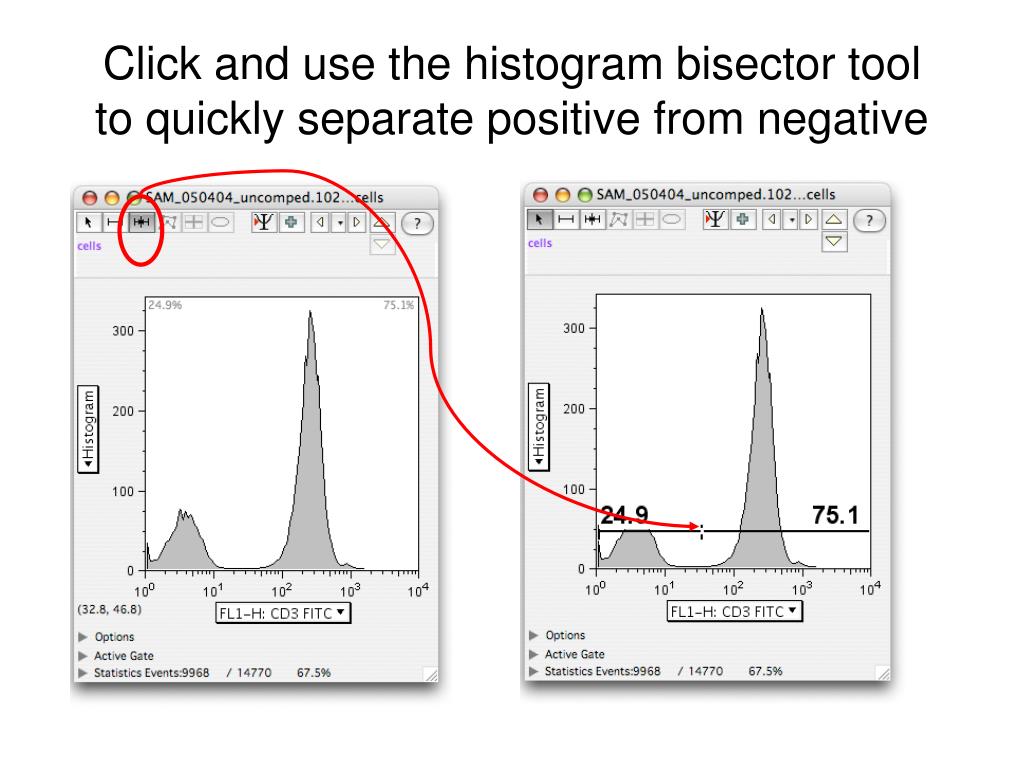

Session, use the InDisconnectedSession parameter. Invoke-Command to run the command in the PSSession. Persistent connection) on the remote computer, and then use the Session parameter of Related commands that share data, use the New-PSSession cmdlet to create a PSSession (a To run a single command on a remote computer, use the ComputerName parameter. Using a single Invoke-Command command, you can run commands on The Invoke-Command cmdlet runs commands on a local or remote computer and returns all output from This will force a recalculation of all the contents of this window.Runs commands on local and remote computers.

If you see a gate that needs adjusting, double-click the plot to open it in a graph window, and adjust the gate.Lastly on the bottom, you will find plots for the gates FlowJo is using to compute the matrix:

To remove extra parameters or add additional parameters the compensation editor may have missed, click on the sample drop down menu next to any samples and choose the appropriate option. You can make your own gates in the workspace and also use those by selecting them in the drop down menu under negative and positive assignments. All of the clickable buttons (Sample, Negative, Positive) can be used to change the current selection, and will force a full recalculation of the Compensation window.The Positive column shows which gate FlowJo is currently using as a “positive” control gate.The Negative column shows which gate FlowJo is currently using as a “negative” control gate.The Sample column links a specific file from the controls to the specific color (parameter) from the first list.The left-most column is a list of parameters FlowJo found in the samples present in the current Compensation Group.The next section is a matrix of parameters vs samples vs control gates, and is where you can examine/assign the roles of your different controls:



 0 kommentar(er)
0 kommentar(er)
